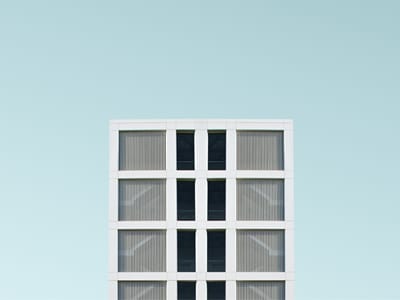
Have You Heard of the Sick Building Syndrome?
Do you often experience fatigue and headache at your workplace? Are you having problems concentrating without any particular reason? Are your colleagues exhibiting the same symptoms? If you answered “Yes” to the questions above, then you could be suffering from the Sick Building Syndrome (SBS) or Building Related Illness (BRI). So, what is the Sick Building Syndrome? What’s the difference between SBS and BRI? And, finally, what causes these, most peculiar, syndromes?
Sick Building Syndrome is a term that designates a group of symptoms displayed by the occupants while residing at the same building. In order for it to be a genuine SBS, the symptoms must disappear as soon as the occupants leave the building. Also, it must be established that the majority of occupants are exhibiting the same (or at least, similar) symptoms. The most common symptoms of SBS are a headache, dizziness, nausea, mental and physical fatigue, and irritation of the eyes, nose, and throat. Unlike the SBS, Building Related Illness refers to the variety of similar symptoms that are being identified in the occupants of the same building. But what is the connection between these two illnesses? And, more importantly, what is the cause of SBS and BRI?
Before we could investigate the cause, we should try to unravel the history of these mysterious syndromes and their correlation. This journey to the past should take us back to 1976., when 182 people attending the American Legion Conference suddenly got pneumonia. Strangely, the inquiry of the cause led to the investigation of the ventilation system, and finally traced back to the building’s cooling towers. It was found that the cooling towers were infected by the, at the time, unknown bacteria – Legionella Pneumophilia.
Since that event of pneumonia, all cases of building-related sickness with identifiable cause fall under a category of BRI, while those with no definite cause are marked as SBS. However, there are several theories on the possible causes of SBS. One popular hypothesis suggests that the main reason for SBS is inadequate and poor ventilation. The prominent scientists assume that symptoms, named SBS, are induced by bacteria, debris, dirt, and pollen that are dispersed by faulty and unclean HVAC systems. In order to reduce the risk of SBS, you should practice regular maintenance of your HVAC systems. Clean HVAC is a condition sine qua non of a healthy environment.

